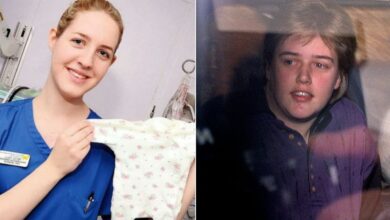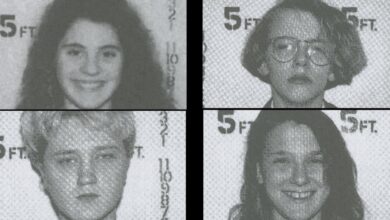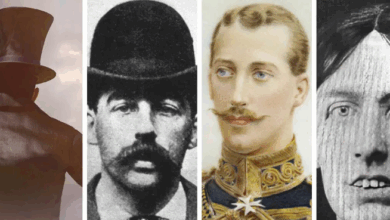City of Angels, City of Death: Inside the Hunt for Los Angeles’ String of Serial Killers
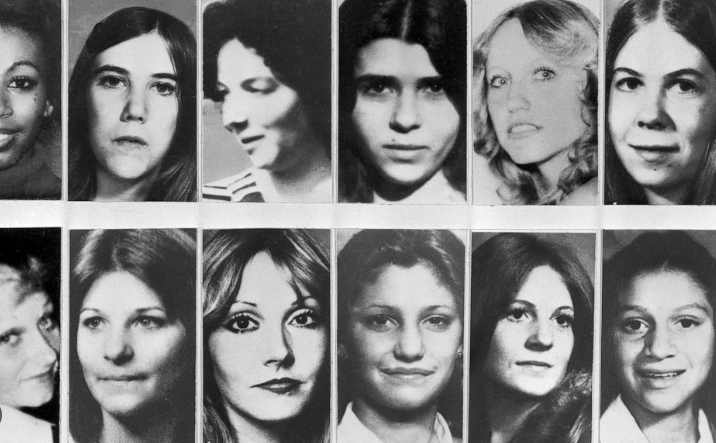
City of Angels, City of Death: Inside the Hunt for Los Angeles’ String of Serial Killers

Los Angeles, a city synonymous with glamour, sunshine, and Hollywood dreams, has also long harbored a darker reality. Beneath the surface of palm-lined boulevards and red carpet events, L.A. was once a hunting ground for some of America’s most notorious serial killers. From the 1970s through the 1980s, the city earned an infamous nickname: the serial killer capital of the world. This grim reality forms the foundation of the chilling ABC documentary series City of Angels, City of Death, which delves into the crimes, investigations, and the dedicated detectives who pursued justice in an era when murder often went unchecked.
A City Under Siege
Between 1977 and 1989, Los Angeles was in the grip of a wave of serial killings. Over 20 different serial murderers prowled the streets during this time, exploiting the city’s sprawling geography, transient population, and fragmented law enforcement system. It wasn’t just one killer terrorizing the public — there were many. From the “Hillside Stranglers” to the “Sunset Strip Killer,” these murderers created an atmosphere of fear that lingered over Southern California like smog over the skyline.
The documentary, directed by Thomas Cutler, explores the chaos that engulfed the city and the law enforcement agencies struggling to cope with a new kind of evil — calculated, compulsive, and serial in nature.
The Hillside Stranglers: The Beginning of Terror
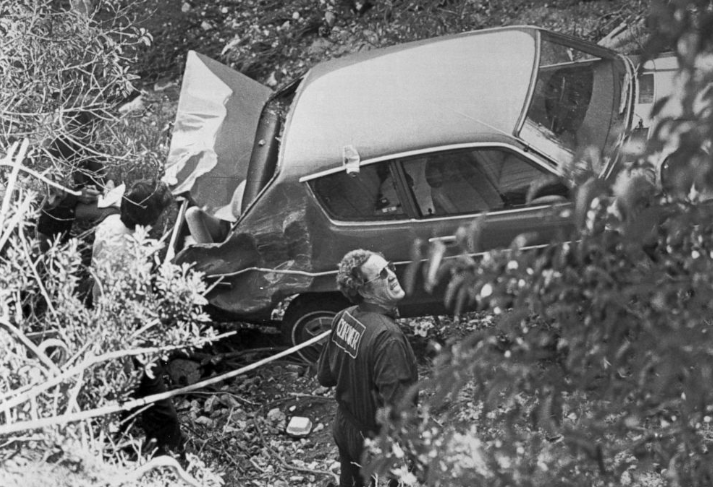
In late 1977, panic struck Los Angeles as the bodies of young women began turning up in the hills surrounding the city. They were often naked, strangled, and dumped in suggestive poses. The press dubbed the killer the “Hillside Strangler,” believing a single murderer was responsible.
As the investigation deepened, it became clear that this was the work of two men: Angelo Buono and his cousin Kenneth Bianchi. The cousins abducted women by posing as undercover police officers, then took them to Buono’s home where they were tortured and murdered. They killed ten women in total.
The LAPD, still unfamiliar with the concept of serial killers, was overwhelmed. It took years to bring Bianchi and Buono to justice. Bianchi’s eventual capture in Washington State — where he had killed two more victims — helped unravel the case.
Fragmented Law Enforcement and the Lack of Coordination
One of the reasons serial killers thrived in L.A. during this period was the lack of centralized communication between different police jurisdictions. The Los Angeles area includes dozens of law enforcement agencies — LAPD, LASD (Los Angeles County Sheriff’s Department), and numerous suburban police departments — all working independently. This fragmentation allowed killers to evade detection simply by crossing city lines.
In City of Angels, City of Death, detectives speak candidly about the frustrations of that era: different departments hoarding evidence, failing to share leads, and refusing to collaborate. It was a systemic problem that cost lives and allowed killers to continue their rampages unchecked.
The Toolbox Killers: Sadism Unleashed
In 1979, two men — Lawrence Bittaker and Roy Norris — embarked on one of the most horrific murder sprees in California’s history. They acquired a van, which they chillingly referred to as the “Murder Mac,” and used it to abduct teenage girls. Inside the van, they raped, tortured, and murdered their victims with tools such as pliers, screwdrivers, and ice picks — earning the nickname “The Toolbox Killers.”
Bittaker recorded the torture of at least one victim, and that tape, later played in court, was described as one of the most disturbing pieces of evidence ever submitted in a U.S. courtroom. Detective Paul Bynum, who worked on the case, later took his own life, reportedly haunted by what he had seen and heard.
The arrest of Norris, who confessed and turned on Bittaker in exchange for a lighter sentence, led to their convictions. But the sheer brutality of the crimes left a permanent scar on those involved in the investigation.
The Grim Sleeper: A Killer Who Vanished — and Returned
One of the most mysterious and long-lasting cases was that of the Grim Sleeper, a serial killer who murdered at least ten women between 1985 and 2007 — with a supposed 14-year hiatus in between, hence the nickname. The victims, many of whom were Black women from impoverished neighborhoods in South Central L.A., were shot or strangled, then dumped in alleys and dumpsters.
The case exemplified how racial and socioeconomic bias hindered investigations. Families of victims claimed police ignored the disappearances, assuming the women were sex workers or drug addicts. The media coverage was minimal, and no major task force was assigned for years.
It wasn’t until 2010 that Lonnie Franklin Jr., a former city sanitation worker and mechanic, was arrested through the use of familial DNA — a groundbreaking method at the time. His son’s DNA, collected from a prior arrest, partially matched evidence from old crime scenes, leading police to Franklin.
Franklin was convicted in 2016 and died in prison in 2020. His capture marked one of the first high-profile uses of genetic genealogy in criminal justice.
The Sunset Strip Killer: Dual Lives and Cold-Blooded Murders
Douglas Clark and his accomplice Carol Bundy were responsible for a series of grisly murders in 1980 that targeted sex workers and teenage runaways. Clark, a former boiler operator, was fascinated by death and allegedly fantasized about necrophilia. Together, he and Bundy killed at least seven people, often shooting them in the head and mutilating the bodies.
Bundy later turned herself in and testified against Clark, claiming he manipulated and controlled her. Clark, for his part, showed no remorse, giving chilling interviews in which he described the killings with detachment and disdain. He was sentenced to death and died on death row in 2021.
Detectives on the Front Line
The real heroes of City of Angels, City of Death are the detectives — men and women who devoted their lives to hunting serial killers despite overwhelming odds, limited technology, and psychological trauma.
Retired LAPD detective Bob Grogan, who worked the Hillside Strangler case, recounts the emotional toll of seeing body after body, knowing that each represented a life lost to unspeakable violence. Others, like Detective Cliff Shepard, recall sleepless nights and shattered families. Many detectives speak of the victims — not just the crimes — bringing humanity to those often forgotten in the media’s obsession with the killers.
Their testimonies offer more than just procedural insight — they reveal the personal cost of pursuing justice in a city consumed by fear.
Technology and Change: The Modern Impact
The era of rampant serial killing in Los Angeles coincided with a time of weak communication systems and primitive forensic tools. Fingerprinting and blood typing were standard, but DNA evidence was not yet available. The breakthroughs that eventually led to arrests often came through confessions, informants, or sheer luck.
Today, technology has revolutionized criminal investigations. DNA databases, surveillance systems, geographic profiling, and cross-jurisdictional cooperation make it far more difficult for serial killers to operate with impunity. Yet, the lessons from the 70s and 80s remain crucial reminders of what can happen when law enforcement fails to adapt.
The Legacy of a City Haunted
While City of Angels, City of Death is a documentary about crime, it’s also a portrait of a city grappling with its identity. Los Angeles has always been a place of extremes — extreme wealth and poverty, dreams and despair, hope and horror. During its darkest decades, serial killers found fertile ground in the city’s shadows.
The series is not just a chronicle of murderers but also a testament to resilience — of victims’ families who demanded justice, of detectives who refused to give up, and of a city that eventually turned the tide.
Even as L.A. continues to battle crime, homelessness, and inequality, the lessons from that dark period remain relevant. The names may fade, but the stories endure — cautionary tales carved into the concrete of the City of Angels.

